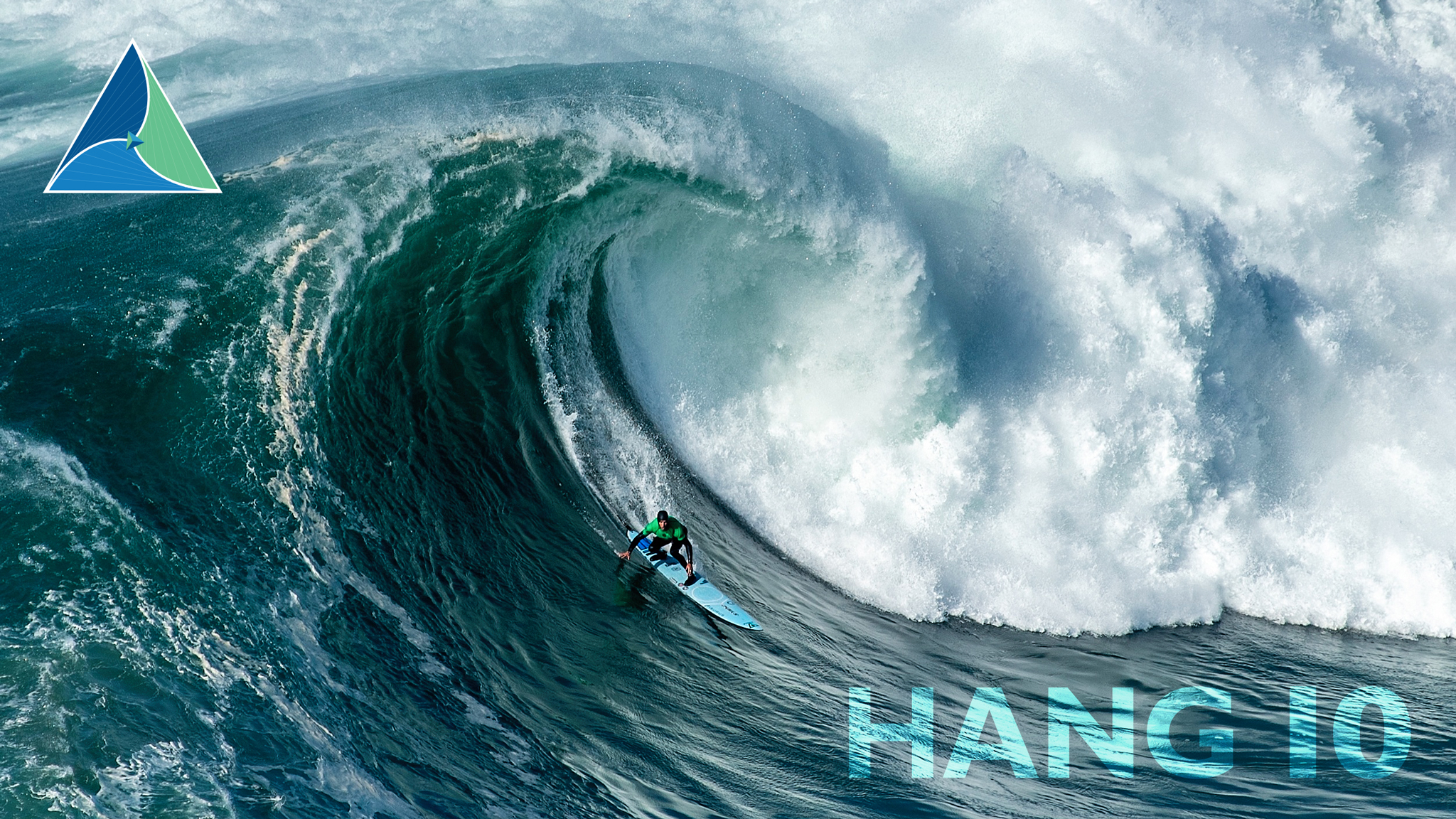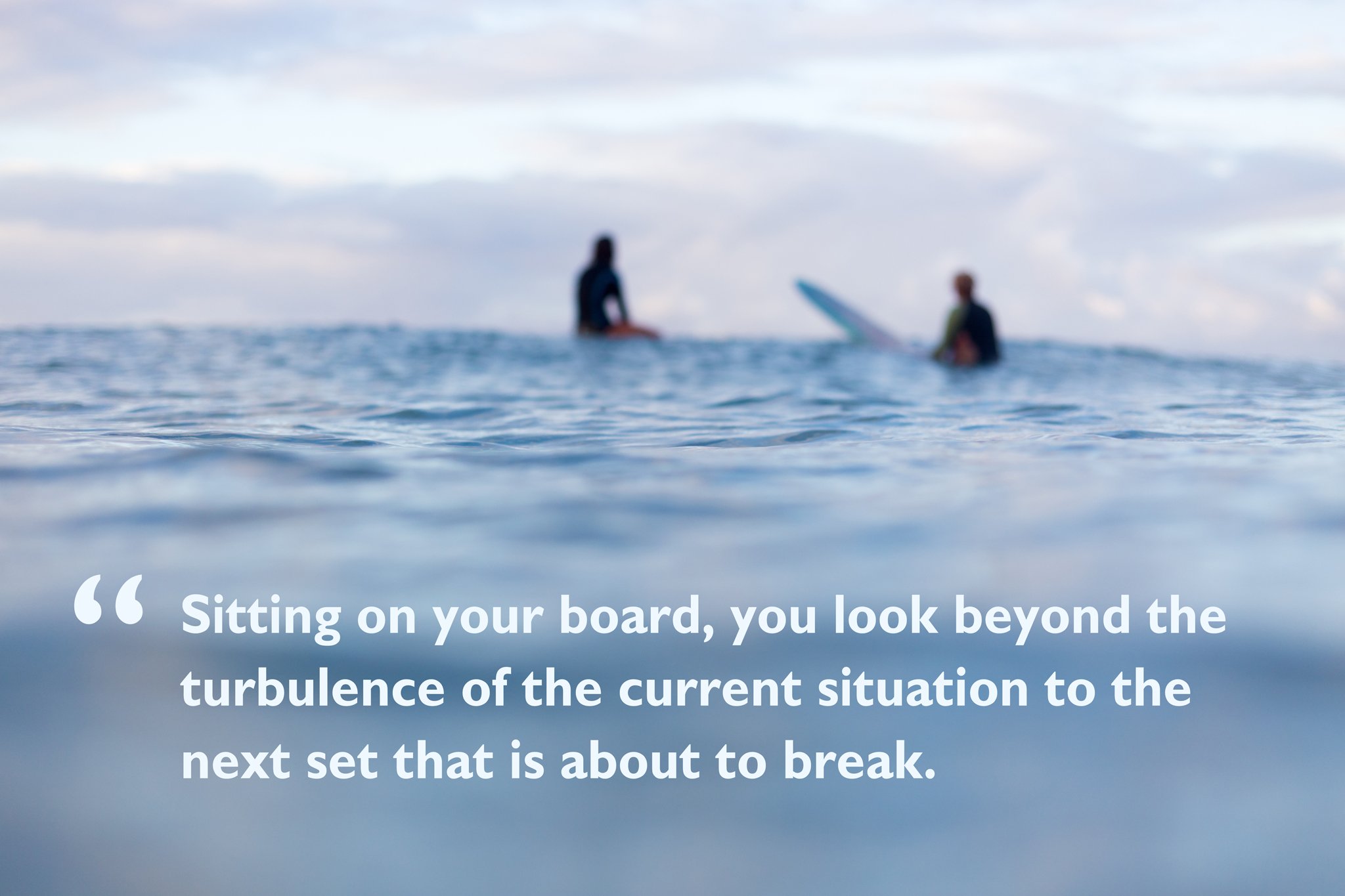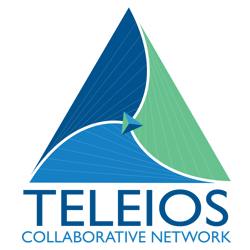8 min read
Hang 10 – The art of riding the wave of value-based transformation
By: Christopher Morrissette on 4/7/21 4:00 PM

Growing up in Minnesota, surfing was not a sport that was native to my geography; however, my love for skateboarding, snowboarding, and wakeboarding naturally drew me in. Let me offer a brief disclaimer and say that I have not mastered the art of surfing so much of what I share below about surfing is rooted more in theory than practice. I will use my limited surfing experience to outline how the discussion around mastering value-based care is not all that different.
What does surfing have to do with the value-based healthcare transformation? Hang with me as we dive in.
California is often a trendsetter and has some of the best surfing in the country. It is believed that the American surfing movement began in Santa Cruz, CA with the first break (term for the wave when it begins to curl) being ridden in 1885 (thestreet.com)! To date, California has some of the best surfing in the continental US. My surfing story began far south of Santa Cruz in the beach town of Huntington Beach, CA. Like most surfers I will never forget the first time that I hit the beach, board in hand and ready to prove to the world that I had what it takes. Depending on the coast, beach, and the break, the first experience may be radically different. Regardless, once you get out past the breakers, you begin to see how much larger the wave really is.

Surfing is science. I learned this the hard way when I spent nearly an afternoon getting pounded into the beach. What looks easy becomes a different reality once you realize it not as simple as showing up. Sitting on your board, you look beyond the turbulence of the current situation to the next set that is about to break. Surfing is all about discerning the appropriate timing, applying the right effort, force (the paddle stroke), balance and inertia. Paddle too hard or too fast and you will outpace the wave, and it will topple you. Paddle too slow and it will likely cause a roll over as you watch it hurdle past, wondering how you missed it. Success in surfing requires an understanding of the physics behind what makes it work. Gravity, buoyancy, force, and timing are the driving forces behind the get up and go with surfing. When done correctly, the wave will propel the surfer forward, suck him in, and allow him to stick it (stand up and ride). This is one of the most exhilarating feelings; when you find that sweet spot and begin to ride the wave forward.
This surfing illustration reflects the experience that many healthcare providers are having in navigating the wave of value-based care. The Centers for Medicare and Medicaid Services (CMS) launched the first value-based purchasing pilot or "demonstration" project in April of 2005. The three-year demonstration project was called the Medicare Physician Group Practice (PGP) and involved ten large, multi-specialty physician practices caring for more than 200,000 Medicare fee-for-service beneficiaries (CMS, 2007). This demonstration was among the first to begin to move practices from fee-for-service billing to a pay-for-performance (P4P) with a focus on quality standards for preventive care and the management of common chronic illnesses such as diabetes. Practices that were successful in meeting these standards were eligible for rewards from savings due to resulting improvements in patient management. These participating providers, including Forsyth Medical Group (Winston-Salem, NC) and Geisinger Health System (Danville, PA) to name a couple, were the early adopters, similar to the first surfers who rode the first waves in Santa Cruz, circa 1885.
The Physician Group Practice (PGP) was not a perfect model as reflected in the First Evaluation Report to Congress in 2006. The report highlighted concerns about the lack of upfront payment for infrastructure required to sustain high quality and efficient provision of health care. According to the report, participating providers were required to make significant investments in new systems of case management and other technologies that may not be recovered, even with the potential for shared savings. This challenge discovered in PGP has remained a consistent thread as value-based care has continued to evolve.
Fast forward four years and we see another significant development in healthcare transformation when the Affordable Care Act (ACA) was signed into law on March 23, 2010. Since the inception of the ACA, we have seen multiple advancements including the creation of The Centers for Medicare & Medicaid Services Innovation Center (CMMI) which has led numerous alternative payment model demonstrations. CMMI has worked diligently to improve patient care, lower costs, and better align payment systems to promote patient-centered practices. Their alternative payment models (APMs) reward health care providers for delivering high-quality and cost-efficient care. Over the past decade, CMMI has developed numerous APMs focused on specific areas: health conditions, episodes of care, provider type, and community focus (CMS, 2021).
The development of APMs and the continued momentum to move from fee-for-service to value-based care has created a wave of opportunity for healthcare providers. Just as in our surfing example, traversing this wave requires intentionality, timing, appropriate force, and balance to effectively ride forward into the future.
Many serious illness providers began as a volunteer movement in the early days of hospice before there was a Medicare payment model. These programs have been navigating the waves of change in healthcare reimbursement for over forty years. However, the current move to value has created the need to reinvent care models and delivery, staffing, and patient engagement. At Teleios Collaborative Network (TCN) we are helping our members learn to surf the wave of serious illness care. This includes supporting the move upstream from hospice to begin providing palliative care and home-based primary care services in local and rural communities. Please join us for the 2nd blog in this series where we will be discussing further the move to value and the impact on serious illness care.
Christopher Morrissette, COO of Palliative Care

Leadership Immersion
Plan to attend: April 12-14, 2021
Register Now
Teleios University (TU)
Discover More
Register Today!

An organizational model that allows not-for-profit hospices (Members) to leverage best practices, achieve economies of scale and collaborate in ways that better prepare each agency to participate in emerging alternative payment models and advance their charitable missions.
Bibliography
Centers for Medicare and Medicaid Services (Retrieved 2007-04-15) Medicare Begins Performance-Based Payments For Physician Groups
Rosenthal, M. B. (2006). How will paying for performance affect patient care. Retrieved 3 25, 2021, from https://journalofethics.ama-assn.org/article/how-will-paying-performance-affect-patient-care/2006-03
Werner, R. M., Kolstad, J. T., Stuart, E. A., & Polsky, D. (2011). The Effect Of Pay-For-Performance In Hospitals: Lessons For Quality Improvement. Health Affairs, 30(4), 690-698. Retrieved 3 25, 2021, from https://healthaffairs.org/doi/full/10.1377/hlthaff.2010.1277
https://www.thestreet.com/personal-finance/california-coast-rides-history-of-surfing-11078496
Related Posts
The calendar the 1st fundamental of a great organization system.
The calendar the 1st fundamental of a great organization system. In our last blog we mentioned that...
A Culture of Philanthropy
Over the years, I have spoken with many people including foundation directors, development...
How to be a “Zoom Rockstar”
Do you remember back a long, long time ago when a phone call was pretty much how you got things...


